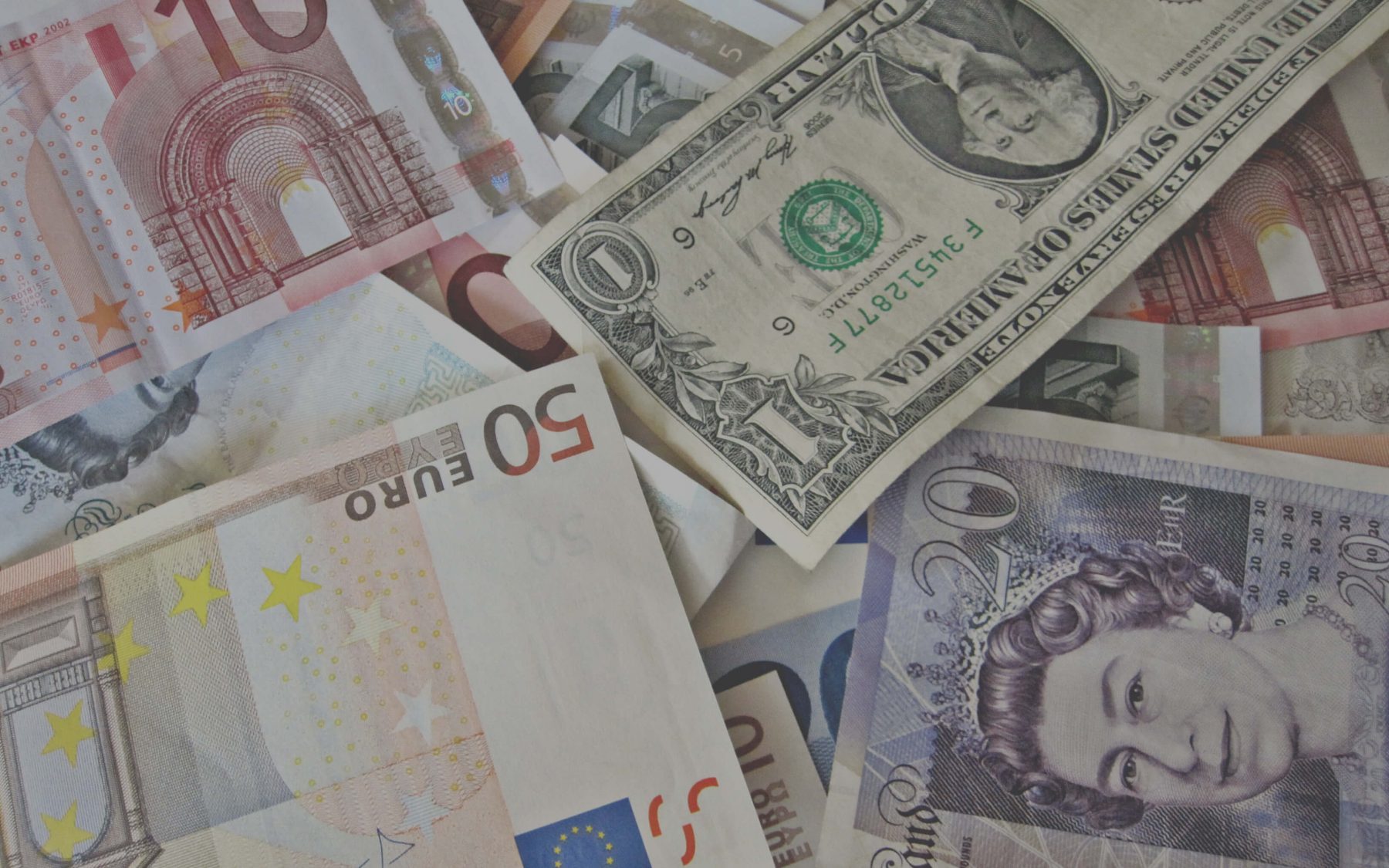- CEOCap
- Jaime Watt’s Debut Bestseller ‘What I Wish I Said’
- Media Training
- The Push Back
- Internship program
- Update Your Profile
- Homepage
- It’s time for a change
- It’s time for a change
- Kio
- Ottawa
- Art at Navigator
- Navigator Limited Ontario Accessibility Policy
- Virtual Retreat 2020 Closing Remarks
- COVID-19 Resources
- Offices
- Navigator Sight: COVID-19 Monitor
- Navigator Sight: COVID-19 Monitor – Archive
- Privacy Policy
- Research Privacy Policy
- Canadian Centre for the Purpose of the Corporation
- Chairman’s desk
- ELXN44
- Media
- Perspectives
- Podcasts
- Subscribe
- Crisis
- Reputation
- Government relations
- Public affairs campaigns
- Capital markets
- Discover
- studio
- How we win
- What we believe
- Who we are
- Careers
- Newsroom
- AI
- Empower by Navigator
- Environmental responsibility

Foreign investment is the engine that drives the Canadian economy. At the same time, Canadian companies are increasingly globally oriented.
From our pre-Confederation colonial infancy, Canada has relied on foreign capital to finance its ambitions. Little has changed.
Since 1990, the value of direct foreign investment within Canada has grown fivefold. Iconic Canadian brands have been affected: Labatt is now owned by Belgians, Tim Hortons by Americans, and Falconbridge by Swiss.
Without noting the extent to which Canadian companies punch above their weight on the world stage, protectionist interests have decried the hollowing out of our economy.
Yet, since 1997 Canada has actually been a net direct investor abroad.
John Hancock Life Insurance, which dates back to 1862 and has all the American pedigree of a company named after an original signatory of the Declaration of Independence, was bought by Canadian insurance giant Manulife Financial.
It’s no surprise that the United States, Canada’s largest trading partner, is also the origin and destination for the majority of direct investment. Over 54% of foreign direct investment into Canada, and 42% of Canadian investment, is with our neighbours to the south.
But, where else does foreign investment come from? And where is it going?
The following infographics illustrate these monetary flows to give a better sense of Canada’s position in our interconnected world.
